Canadian neighborhoods—known for their tight-knit communities, resilient values, and robust municipal services—can, at times, display troubling signals that the quality of life and overall desirability are waning. While no area is immune to periodic challenges, a combination of warning signs may indicate that a neighborhood is in decline. Recognizing these signals could help residents take action, bolster community engagement, or even consider relocating before property values and quality of life drop significantly.
In this article, we detail 18 warning signs that your Canadian neighborhood might be heading downhill.
A Rise in Vacancy Rates
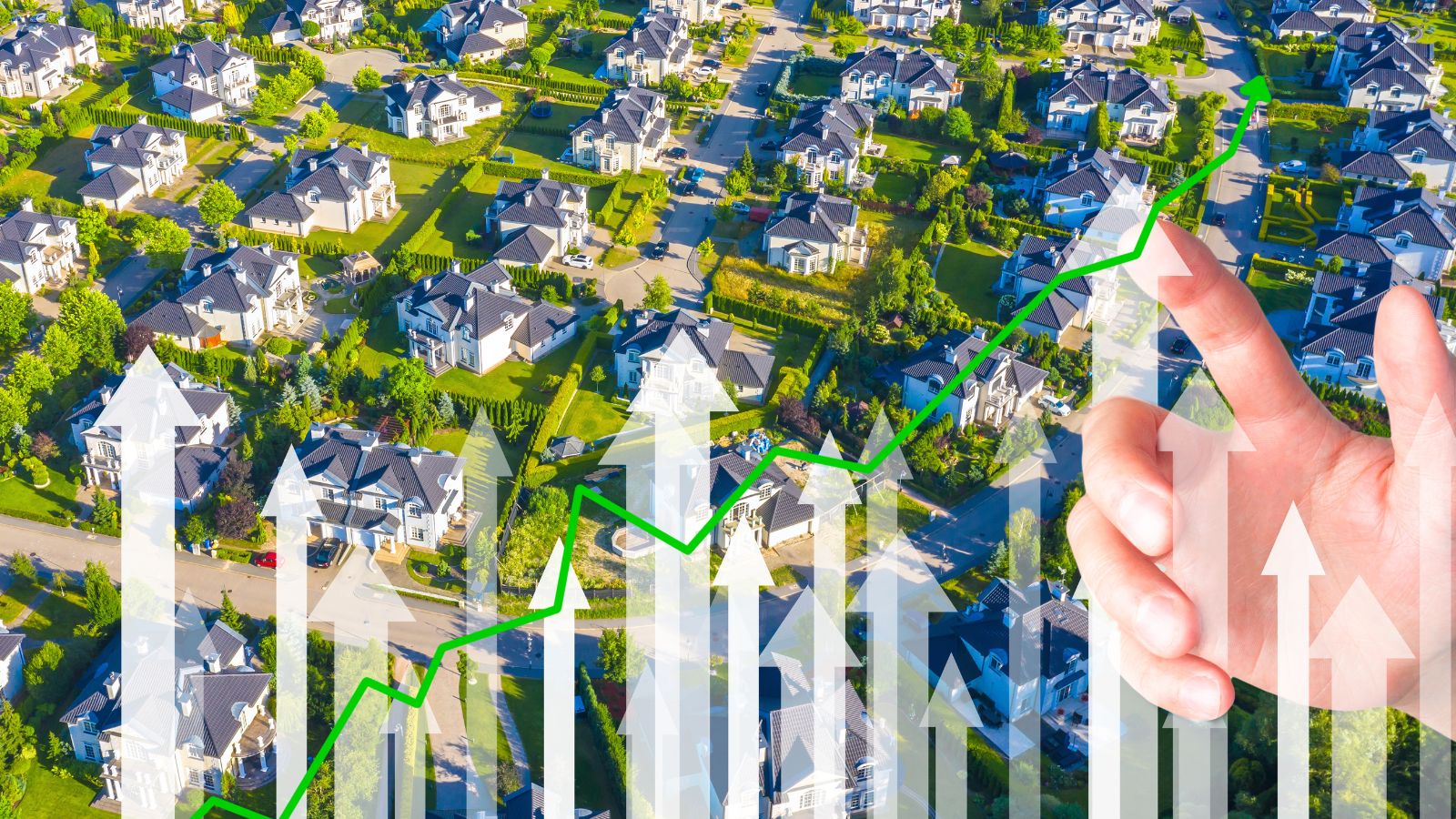
If you start noticing more “For Rent” and “For Sale” signs and vacant properties lining the streets, it could be a red flag. Empty homes and closed storefronts don’t just affect the aesthetics of your community—they suggest that fewer people want to live or work in the area. In time, these vacancies can become magnets for vandalism and other unwanted activities, creating a vicious circle of neglect and further abandonment.
Dropping Property Values

Your home is likely your biggest investment, so watching property values can tell you much about the neighborhood’s health. When you see the sale prices of homes around you falling or staying flat while other parts of the city flourish, that’s a warning sign. Declining property values can have a domino effect. As homes become less valuable, there’s less money available for community improvement, and local government revenue can suffer, which in turn further reduces investment.
More Foreclosures and Rental Defaults
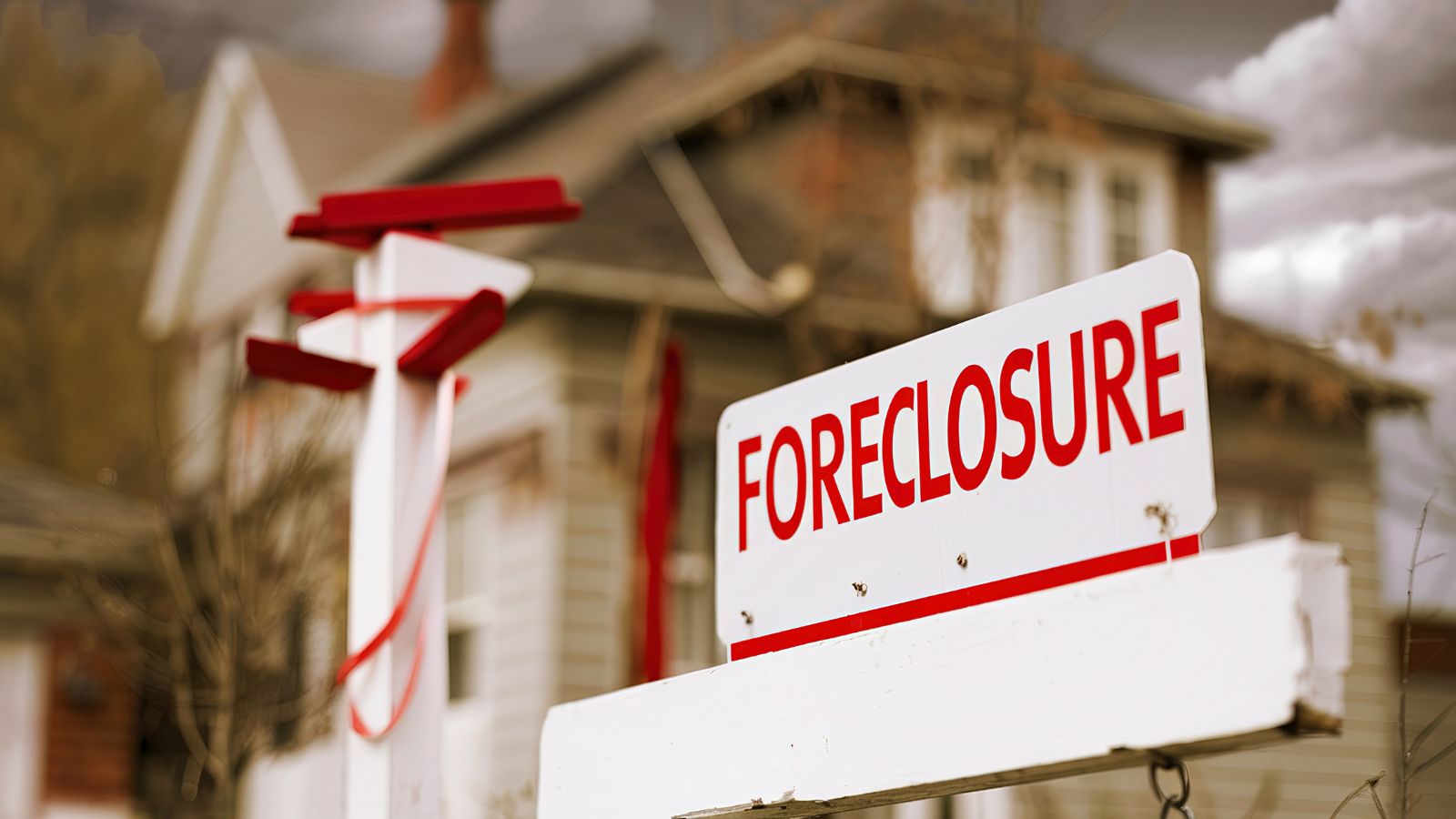
Economic struggles affect a community in many ways. One clear sign of trouble is a rise in foreclosures and missed rental payments. When homeowners fall behind on their mortgages or renters struggle to pay, it shows that people are facing financial difficulties. This economic pressure can lower property values and lead to a decline in community spirit, as stressed residents may have less ability to care for their surroundings.
A Shift from Homeownership to Rentals
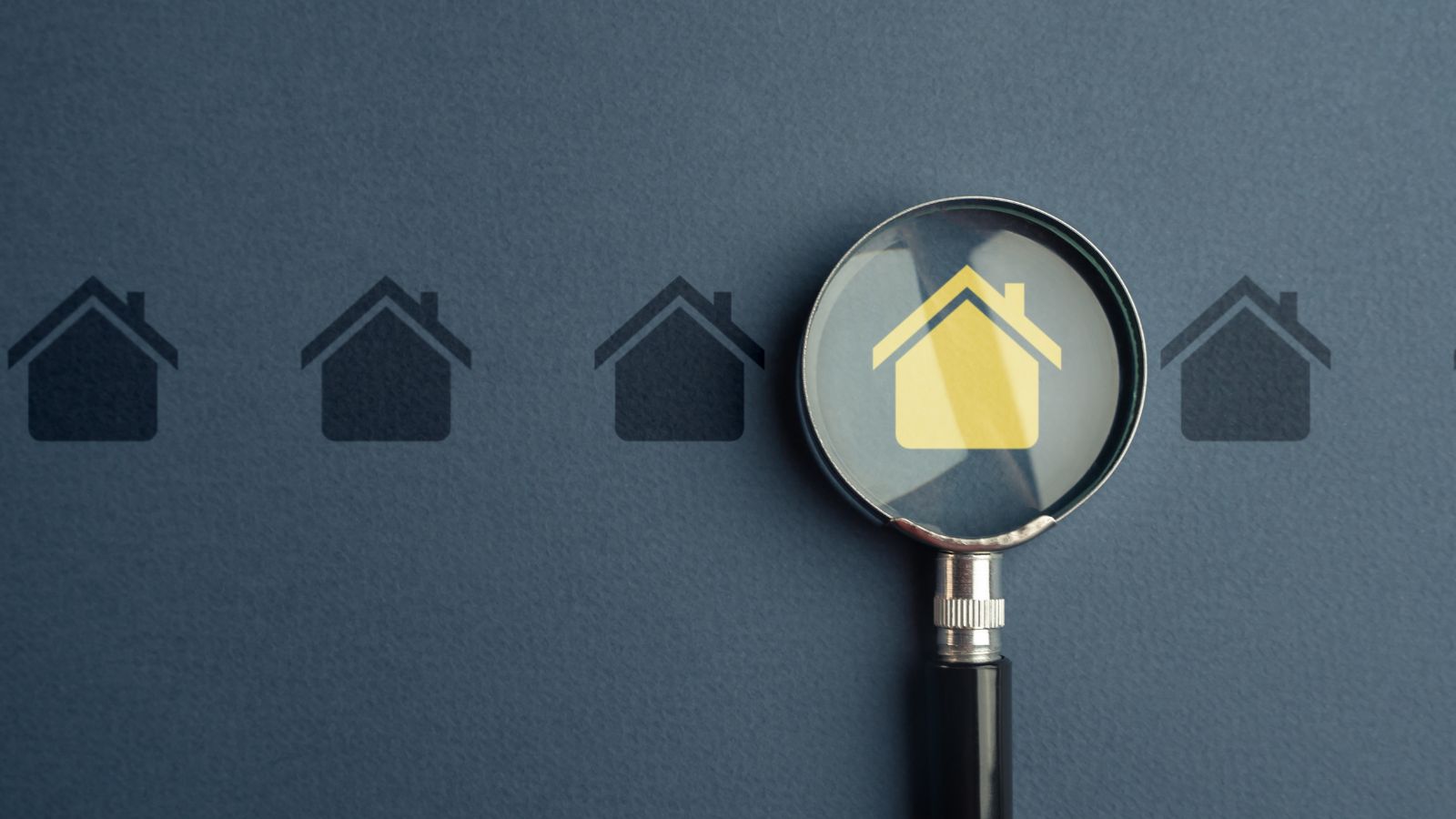
If you notice many owner-occupied homes turning into rental units, it could mean that long-term residents are moving out and temporary residents are moving in. This change results in less personal investment in the community. Renters usually spend less time and money on keeping up their properties, which can make the neighborhood less appealing over time.
Visible Physical Neglect
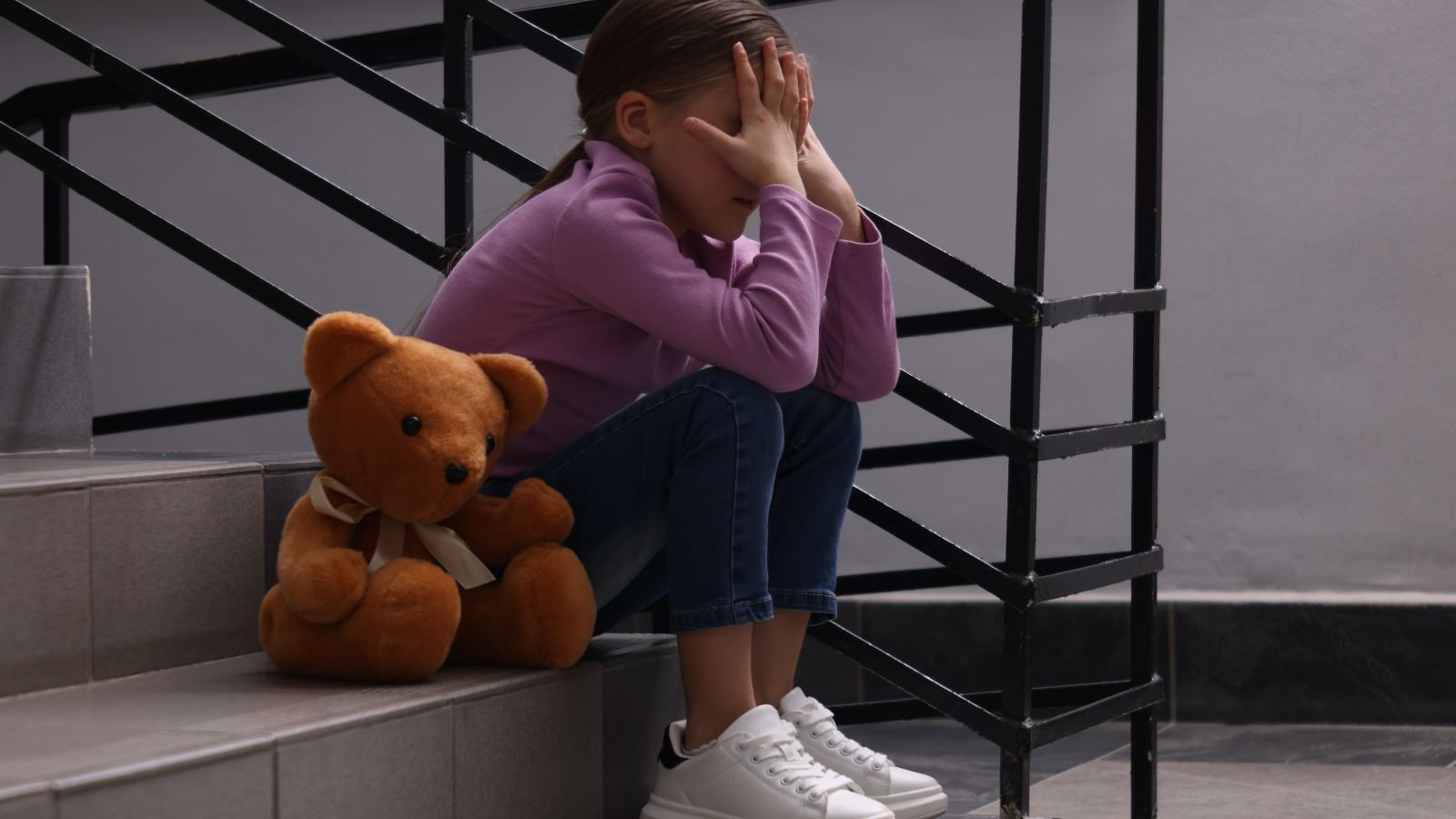
Take a good look around your block. Are the houses suffering from peeling paint, overgrown yards, or broken windows that are left unrepaired? Signs of neglect on properties are tangible clues that homeowners might be struggling financially or have lost the motivation to care for their surroundings. When multiple homes in a neighborhood look neglected, it reduces curb appeal and lowers the overall morale of the residents.
A Growing Share of Public Housing

Public housing is a vital and affordable choice for low-income families. However, more public housing compared to homes owned by individuals may indicate wider economic problems. If there are too many public housing units and not enough private investment, it can lead to poor maintenance and less motivation for community members to improve their neighborhoods.
Crumbling Infrastructure
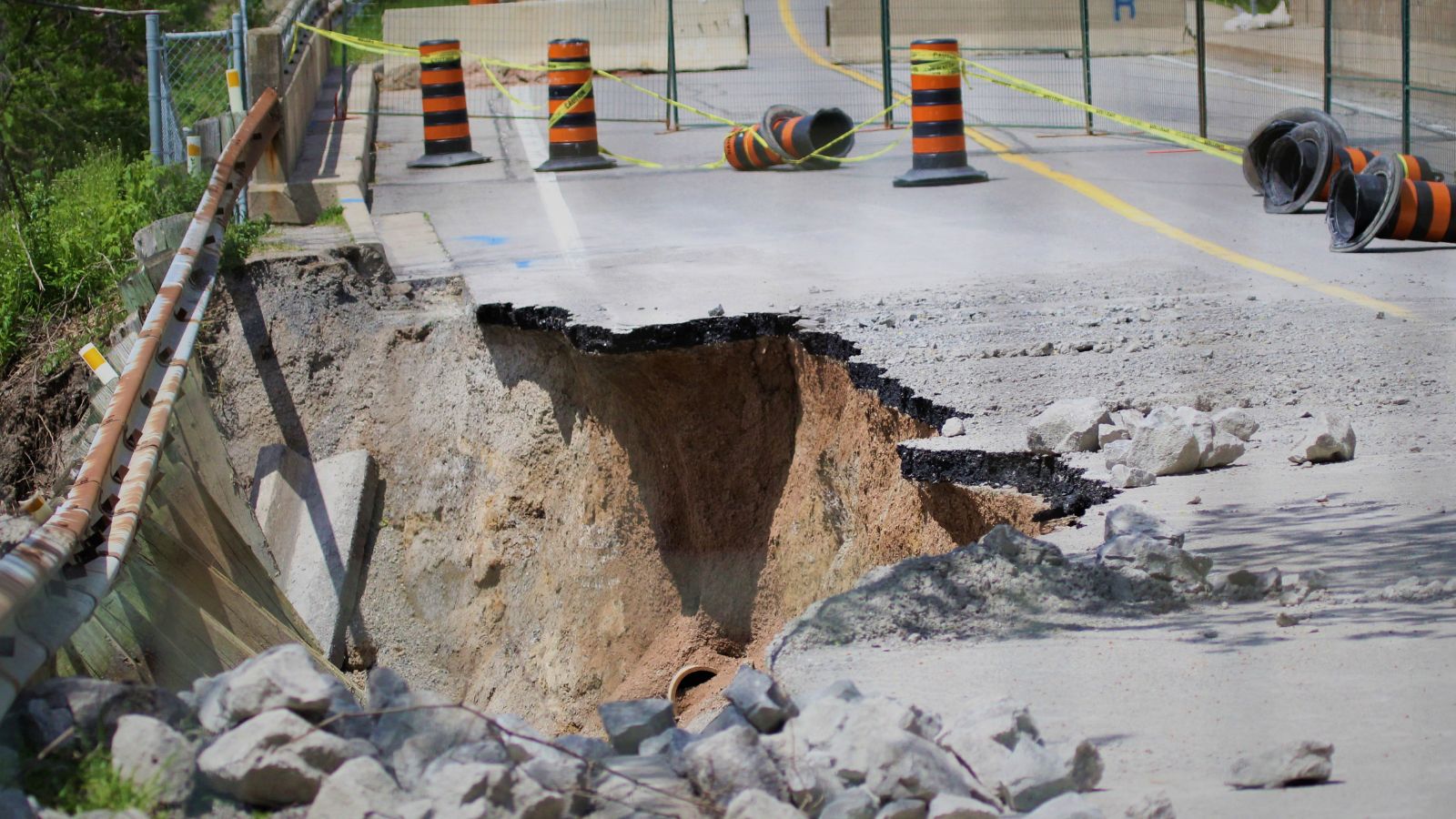
Infrastructure like roads, streetlights, sidewalks, and public buildings is essential for a neighborhood’s comfort. If you notice more potholes, broken streetlights that aren’t fixed, or neglected public spaces, this could mean that funding is decreasing. Cities may be cutting back on maintenance due to budget issues or changing priorities. As a result, residents are left with a declining environment that feels less safe and welcoming.
Fewer Municipal Services

Think about how often you see your garbage being collected or your street being swept. In a declining neighborhood, these services might not be as frequent or effective as they once were. Reduced municipal attention can become a self-fulfilling prophecy. Whether it’s infrequent trash pickup or slow road repairs, these lapses can be subtle yet powerful indicators of larger problems.
Business Closures and Empty Storefronts

Local businesses are the lifeblood of a vibrant community. If you’re noticing more “closed” signs and abandoned storefronts along your main street, it could be a sign that the economic vitality of the area is declining. Business closures not only reduce the convenience of everyday life but also remove the social spaces where community members gather. As shops and restaurants shut their doors, the neighborhood can quickly lose its personality and become less attractive to residents and visitors.
Lack of New Investment

In healthy communities, you see new construction or renovations that signal optimism about the future. When there is a notable lack of new private or public investment, such as no new housing developments, no renovations to commercial properties, and no infrastructure upgrades, it’s a sign that developers and municipal planners might see little potential for growth. This stagnation can become self-reinforcing: if nobody believes in the neighborhood’s future, then there’s little hope for revitalization, and the area may fall further behind.
A Spike in Crime or Heavy Police Patrols
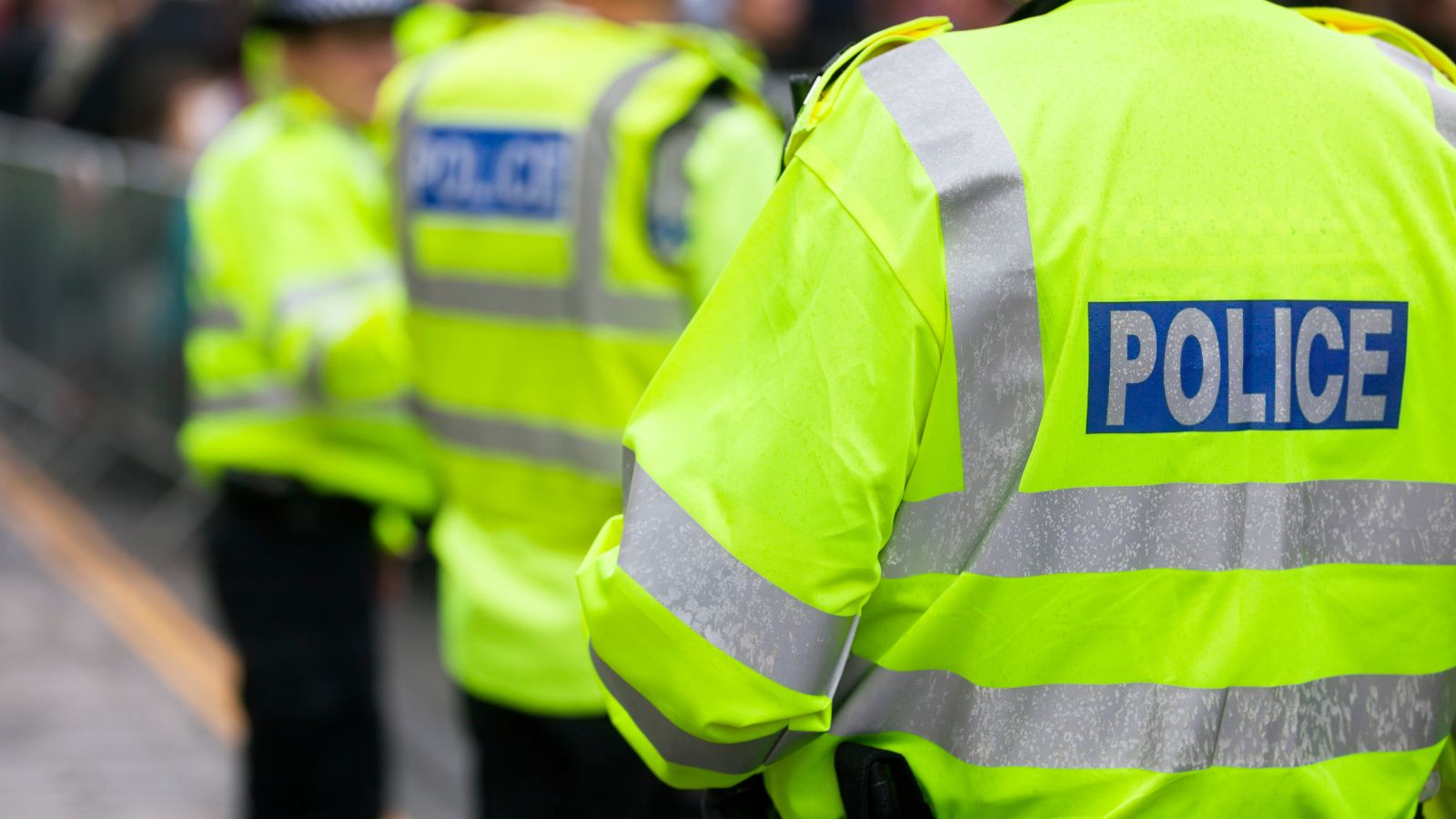
A sense of safety is one of the most important features of a community. However, when crime rates go up—especially for petty crimes like vandalism, break-ins, or theft—it’s hard to ignore. You may see more police cars patrolling the streets, which can be a good thing. But if this increase in police presence happens alongside more criminal activity, it might mean something is wrong. Sometimes, an increased police presence is a response to real safety concerns. However, it can also make residents feel like their neighborhood is not secure anymore.
Signs of Social Disorder

Social disorder encompasses behaviors and visual cues such as graffiti, litter, public drug use, and gang-related symbols. These issues go beyond simple neglect—they suggest a breakdown in the informal social controls that once kept the community safe. When disorder becomes commonplace, residents might withdraw from community activities out of fear or apathy, and the neighborhood’s social fabric can unravel. Observing these signs means that not only the physical environment but also the social dynamics have shifted toward neglect.
Deterioration of Community Amenities
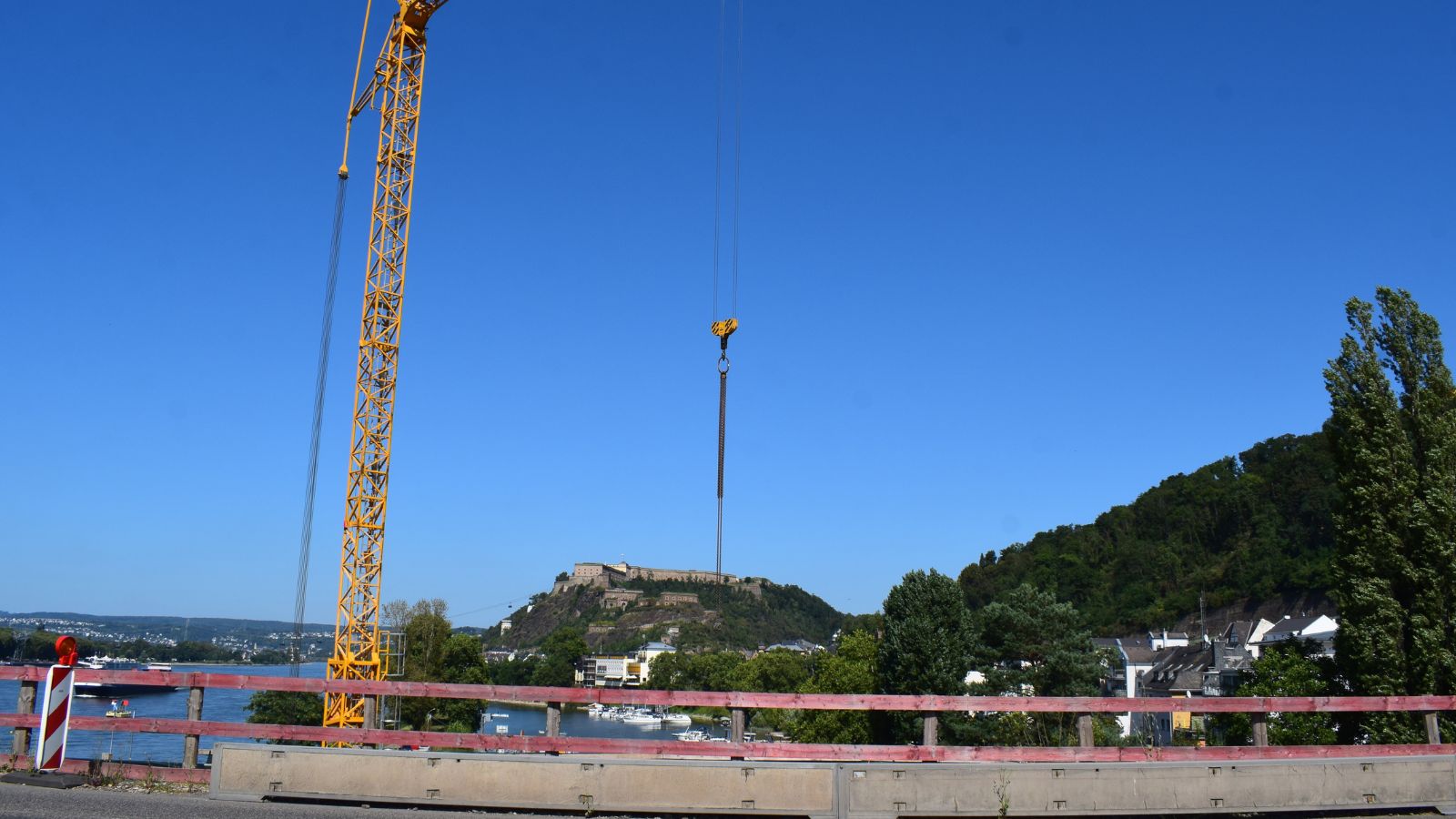
Public amenities like parks, community centers, libraries, and recreational facilities greatly enhance our quality of life. When these spaces fall into disrepair or are underused, it can be a sign that community investment has dropped. Deteriorating amenities lead to fewer opportunities for neighbors to gather, socialize, and work on local issues, weakening the ties that bind a community and lowering overall satisfaction.
Declining School Quality

For families, nearby quality schools are a priority when choosing where to live. When local schools suffer from overcrowding, reduced funding, or lower academic performance, it can be a particularly damning sign for a neighborhood. Poor school quality not only affects educational outcomes but also makes the area less attractive for families, which can lead to a decrease in demand for homes and, ultimately, lower property values.
Shrinking Public Transportation Options

Public transportation is a vital component of urban and suburban life, connecting residents to jobs, services, and social activities. When bus routes are cut, schedules become unreliable, or transit stops fall into disrepair, residents—especially those who rely on these services—feel isolated. In many Canadian cities, good transit links are a sign of progressive planning and community vitality. A reduction in transit options can lead directly to economic stagnation and decreased quality of life.
Rising Property Taxes Without Visible Benefits

No one likes to see property taxes rise, especially if there’s little to show for improved services or infrastructure. When taxes increase without corresponding upgrades in local services, residents can become frustrated and disillusioned. This disconnect may lead to a cycle where property owners feel increasingly undervalued, discouraging further investment and prompting some to consider moving out.
High Resident Turnover
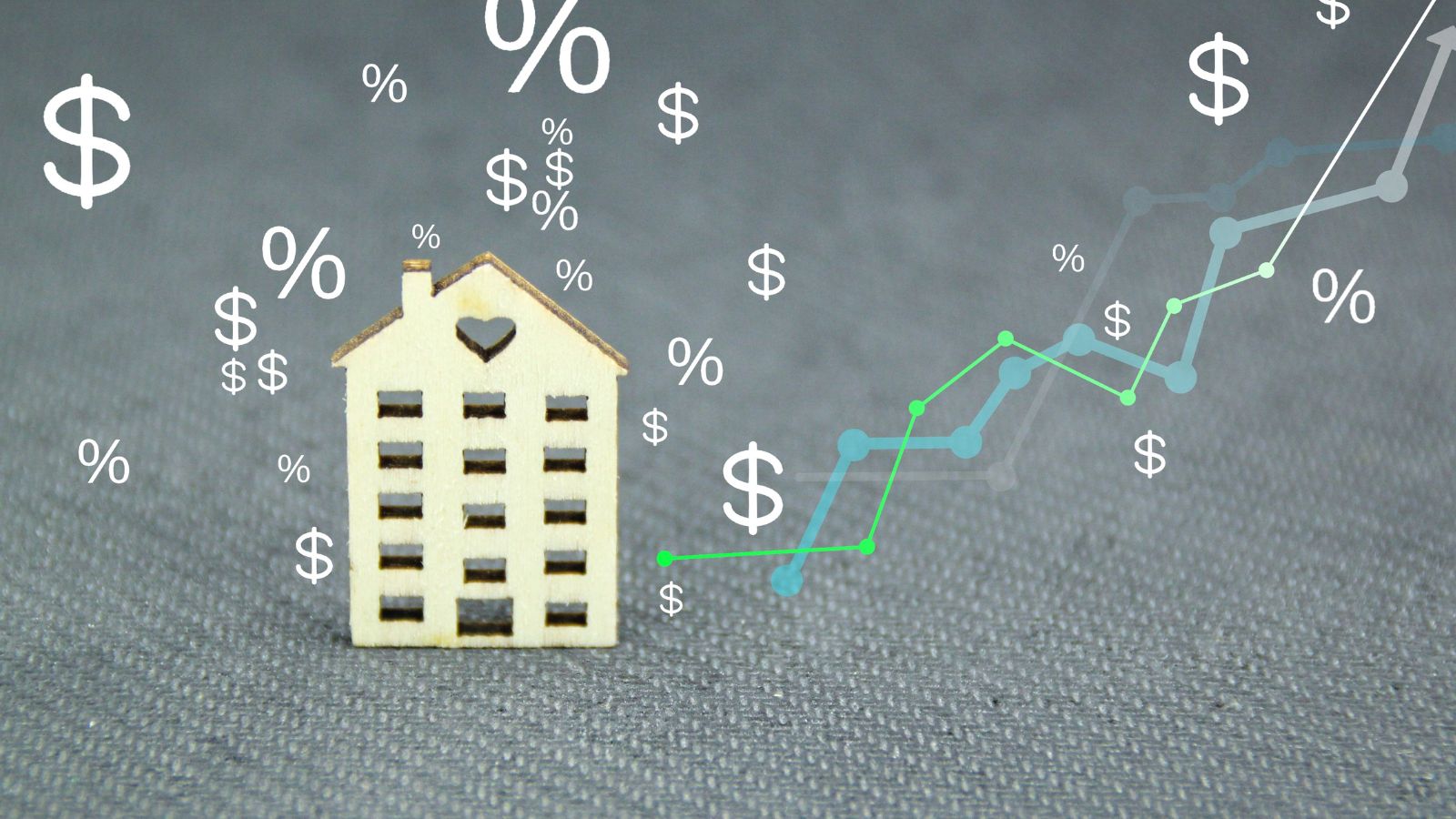
A stable neighborhood is characterized by long-time residents who have a personal stake in the area’s well-being. When you notice a high rate of turnover—a lot of people moving in and out or a shift from families to short-term rentals—it may signal a lack of community cohesion. Constant turnover can erode the sense of identity and pride that helps bind neighbors together and improve their surroundings. Without long-term residents, efforts to organize community improvements or maintain local standards can falter.
Lack of Community Engagement

Finally, one of the most telling signs of a neighborhood in decline is a reduction in community engagement. Think of the local block parties, neighborhood associations, and informal get-togethers that once created a strong sense of belonging. If community meetings are sparsely attended, local groups seem disorganized or inactive, or there are fewer signs of neighbors interacting, it’s a warning that the social bonds holding the community together are weakening. Without these connections, even small problems can spiral out of control because no one feels personally responsible for addressing them.
Conclusion

Neighborhood decline happens slowly and is marked by several warning signs. These signs include falling property values, more vacant homes, visible neglect, and less community involvement. Each sign indicates that the neighborhood’s social, economic, and physical conditions are getting worse.
25 Countries Predicted to Become Economic Superpowers in the Next 20 Years

The strength of an economy plays a crucial role in various international policies about trade and relations. Certain factors determine the strength of an economy, including population growth, availability of resources, and development and advancement. Here are 25 countries predicted to become economic superpowers in the next 20 years
25 Countries Predicted to Become Economic Superpowers in the Next 20 Years
